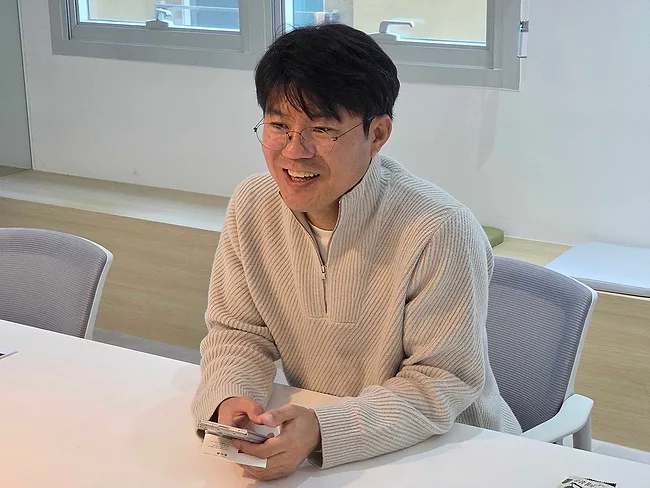
Drug design, drug delivery and technologies, BioWorld Science
Drug design, drug delivery & technologies
Hits’ Hyperlab launches as ‘virtual AI lab’ for new drug discovery
Read MoreDrug design, drug delivery & technologies
Peptidream reveals milestone in Alnylam collaboration
Read MoreDrug design, drug delivery & technologies
Alltrna advances tRNA-based strategy for stop codon diseases
Read MoreDrug design, drug delivery & technologies
First phase of synthetic human genome project successfully completes
Read MoreDrug design, drug delivery & technologies
Guidance on primate testing is ‘genuine’ animal welfare progress
Read MoreDrug design, drug delivery & technologies
Myrio first to develop binders with high affinity/specificity
Read MoreDrug design, drug delivery & technologies








